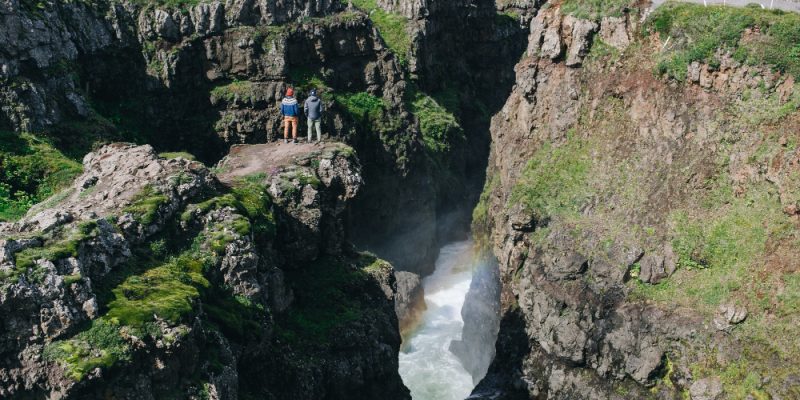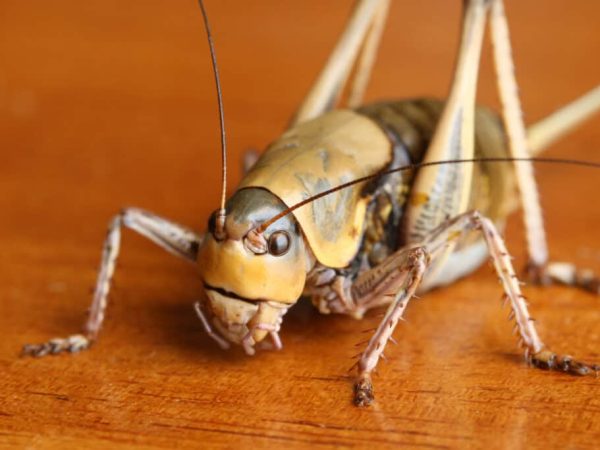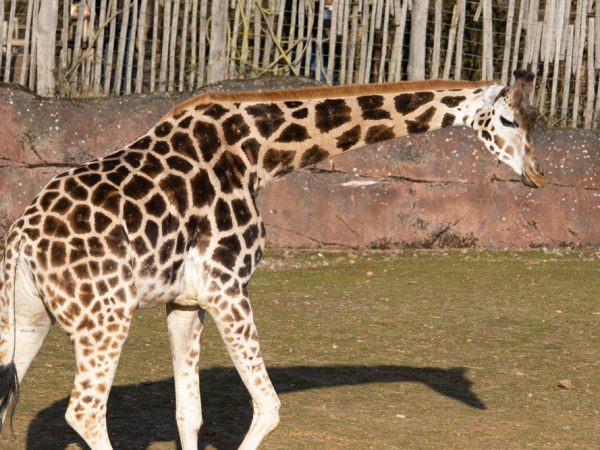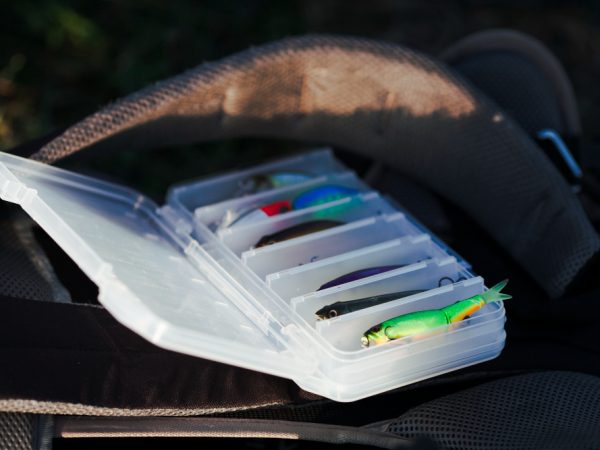Canyon Blyde River: 10 Fascinating Facts You Should Know

Nestled in the heart of South Africa’s Mpumalanga province, the Canyon Blyde River, also known as Blyde River Canyon, is one of the most spectacular natural wonders in the world. Stretching across 26 kilometers and plunging to depths of 800 meters, it offers jaw-dropping views, rich biodiversity, and cultural significance that will leave you in awe. Whether you’re a curious traveler, a nature lover, or an adventure seeker, here are 10 fascinating facts you should know about this breathtaking canyon.
1. Blyde River Canyon is One of the Largest Canyons in the World
The Blyde River Canyon holds the title of being the third-largest canyon in the world and the largest green canyon due to its lush subtropical foliage. It covers an area of approximately 26 kilometers and reaches depths of up to 800 meters. Unlike other famous canyons like the Grand Canyon, Blyde River Canyon is covered in greenery, making it uniquely stunning.
2. It’s Part of the Greater Drakensberg Escarpment
The canyon forms part of the Drakensberg escarpment, a dramatic range of mountains that stretches across South Africa. This region is geologically rich and features a mix of sharp cliffs, deep valleys, and rock formations. The escarpment plays a significant role in South Africa’s weather patterns and water supply.
3. The Name Comes from a Story of Hope and Joy
“Blyde” means “happy” or “glad” in Dutch. The canyon was named after a group of Voortrekkers who were overjoyed when their loved ones returned safely from a perilous expedition. The nearby Treur River (“mourning river”) was named by the same group, marking the place where they had feared the worst. The dual names reflect a tale of fear and relief.
4. It’s Home to the Iconic Three Rondavels
One of the most photographed sites in the Blyde River Canyon is the Three Rondavels, towering rock formations that resemble traditional African huts with thatched roofs. These natural wonders were formed through centuries of erosion and represent a cultural and geological marvel. They offer a panoramic view that’s second to none.
5. You’ll Find One of the World’s Largest Green Canyons
What sets the Blyde River Canyon apart is its abundance of vegetation. Unlike desert canyons, this one boasts dense forests, rivers, waterfalls, and a wide range of plant life. The lush green setting makes it a paradise for photographers and ecotourists.
6. The Canyon is a Biodiversity Hotspot
Blyde River Canyon is not only visually stunning but also ecologically important. It is home to over 1,000 species of flora and various species of fauna including vervet monkeys, kudus, eagles, and hippos. Birdwatchers often flock to the area to spot the rare Taita falcon or the vibrant Knysna turaco.
7. It Hosts the Bourke’s Luck Potholes
Another must-see geological feature in the canyon is Bourke’s Luck Potholes, created over thousands of years by the swirling water of the Blyde and Treur rivers. These deep cylindrical cavities carved into sandstone are not only beautiful but also a testament to nature’s sculpting power.
8. Adventure Activities Abound
The Blyde River Canyon isn’t just for sightseeing—it’s a hub for outdoor adventures. Popular activities include hiking, white-water rafting, abseiling, hot air ballooning, and scenic boat cruises. The Leopard Trail and Belvedere Day Walk are favorites among hikers for their epic views and birdwatching opportunities.
9. It’s Easily Accessible from the Panorama Route
Located along the famed Panorama Route, the Blyde River Canyon is a top destination for road trippers in South Africa. The scenic drive includes stops at God’s Window, Lisbon Falls, and Berlin Falls, all offering postcard-worthy vistas. Many tourists make it a day trip from nearby towns like Graskop or Hoedspruit.
10. It’s Part of the Blyde River Canyon Nature Reserve
The canyon is part of the Blyde River Canyon Nature Reserve, a protected area managed by the Mpumalanga Tourism and Parks Agency. The reserve spans over 29,000 hectares and is key to conserving the region’s unique biodiversity, geological heritage, and water systems.
Conclusion: Canyon Blyde River Is More Than Just a Pretty View
The Canyon Blyde River isn’t just a stop for sightseeing—it’s a living, breathing ecosystem packed with natural wonders, thrilling activities, and historical tales. Whether you’re hiking to a lookout, cruising along the river, or just soaking in the beauty of the Three Rondavels, every visit to this majestic canyon leaves a lasting impression. It’s a place where geology, history, and adventure collide in the most spectacular way.
FAQs About Canyon Blyde River
1. Where is Canyon Blyde River located?
The canyon is located in Mpumalanga province, South Africa, near the towns of Graskop and Hoedspruit.
2. What is the best time to visit Blyde River Canyon?
The best time to visit is during the dry season (May to September) when the weather is cooler and clearer, making it perfect for hiking and sightseeing.
3. Is there an entrance fee to the canyon?
Yes, some viewpoints and attractions within the Blyde River Canyon Nature Reserve have a small entrance fee, which goes toward maintenance and conservation efforts.
4. Can you stay overnight in the canyon area?
Absolutely. There are lodges, guesthouses, and campsites in and around the canyon, particularly near Graskop and Hoedspruit.
5. Is Canyon Blyde River safe for tourists?
Yes, the area is generally safe for tourists, especially within the reserve and popular routes. However, always follow safety guidelines and avoid isolated areas after dark.
Also read : Time Difference in Tahiti: 10 Smart Hacks for Smooth Communication











